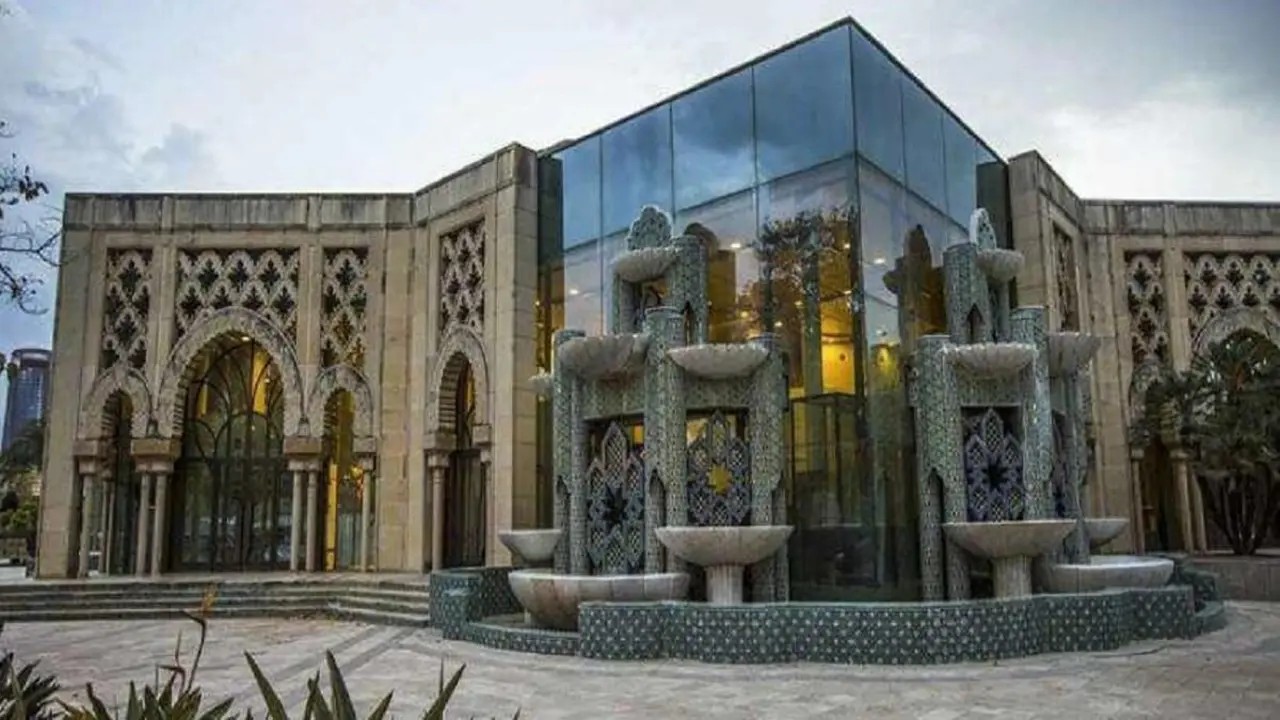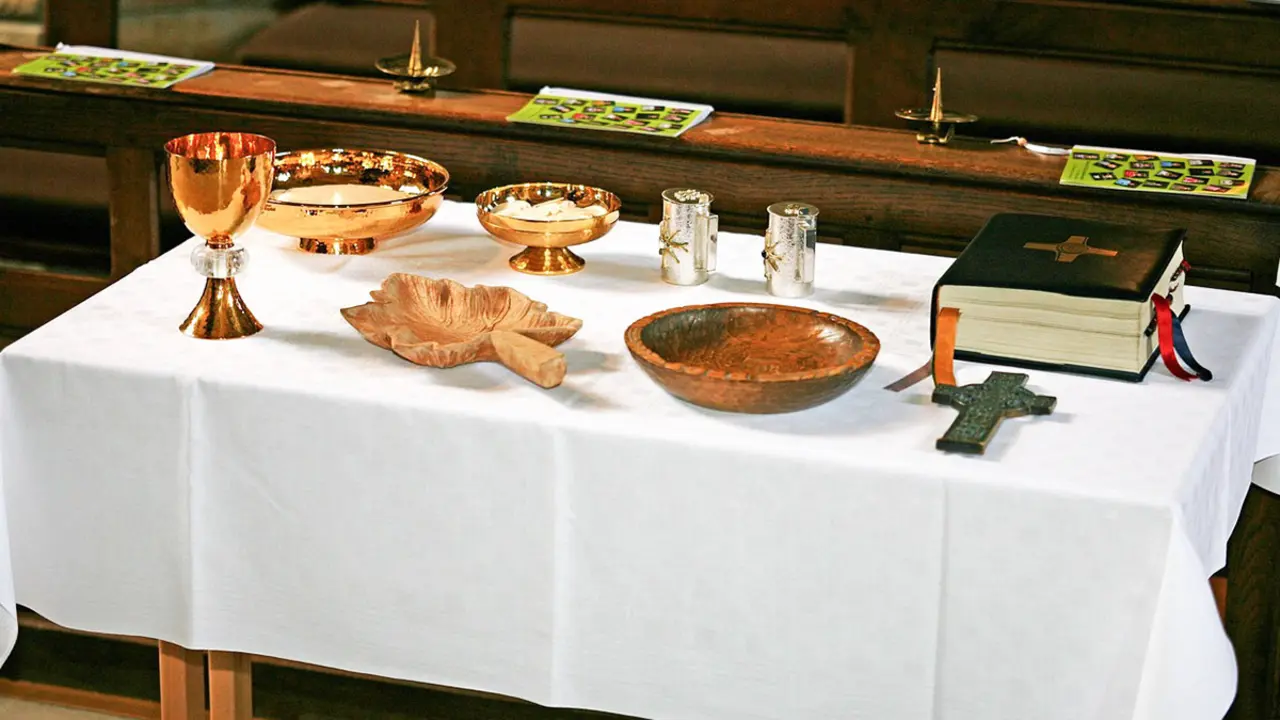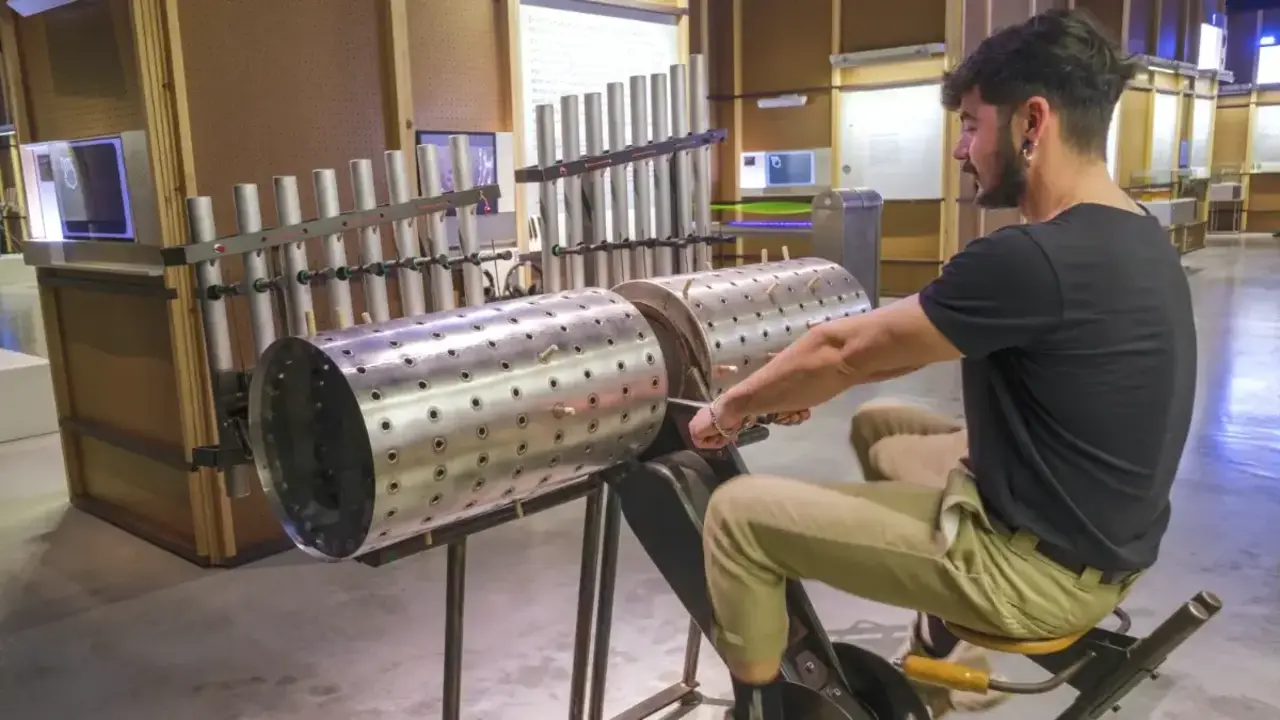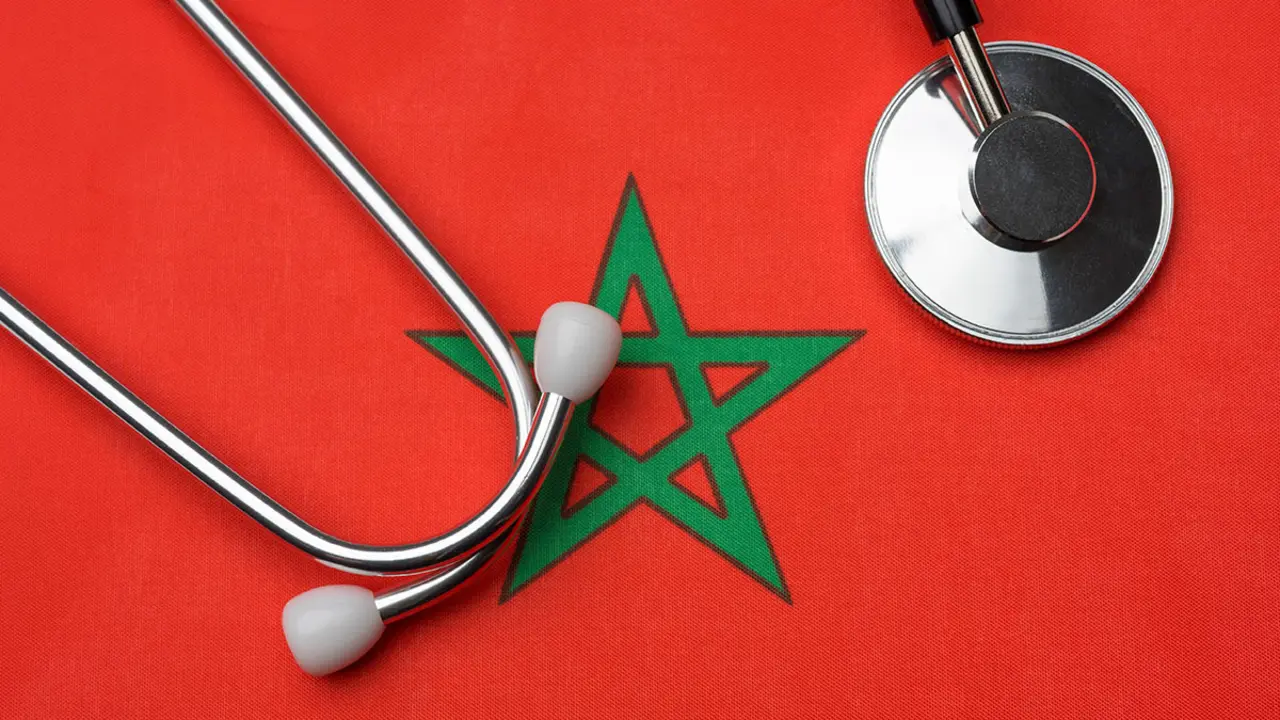Spanish technology lands for the third time on Mars together with NASA's Perseverance

The Perseverance rover is already on the surface of Mars. The UAE's Al-Amal and China's Tianwen-1 spacecraft, which have been orbiting the Red Planet since 9 and 10 February, respectively, have been silent witnesses to their spectacular entry into the Martian atmosphere and their smooth landing on the surface of the most coveted planet in recent weeks.
The technicians of the US National Aeronautics and Space Administration (NASA) are already immersed in verifying that all the systems and instruments on board are responding optimally to the commands sent from Earth. In a few days, once the checks have been completed, Perseverance will begin its scientific work. Essentially, it is looking for traces of past life, collecting soil samples and testing new technologies for use in future manned missions.
More than 44 million people around the world watched the live NASA television broadcast, which, replete with testimonies from mission managers, narrated step by step the final sequence of Perseverance's journey from Earth to the last rocky planet in the Solar System.

Exaggeratedly dubbed "the seven minutes of terror", this is the period of time from the moment an object enters the atmosphere of Mars at more than 19,500 kilometres per hour, loses communication with the ground and resumes until it lands on the planet's surface.
During that short, critical time, Perseverance had to automatically and progressively eject the navigation module with which it travelled through the cosmos, deploy the huge 21.5 m diameter braking parachute, shed its protective heat shield, activate its radar and navigation system to identify the most suitable place to land, ignite its retro rockets to obtain a final speed of 3 km per hour and deploy a unique cable system to deposit it in the vicinity of the Jezero crater plateau.
Perseverance's risky landing operation was also witnessed from above by the veteran Mars Express probe of the European Space Agency (ESA), which has been orbiting Mars since December 2003, and by the American Mars Reconnaissance Orbiter (MRO), which has been following the same route since November 2006.

And, for the third time, NASA has once again placed in the hands of Spanish institutions, companies, technicians and scientists a series of national contributions, whose proper functioning has been and will continue to be essential for the success of the most complete exploration mission ever undertaken by mankind to date.
The Spanish contribution has been made in four major areas. Firstly, telecommunications between the Earth and the spacecraft. In its final stage of approach to Mars, the Robledo de Chavela Tracking Complex (Madrid), belonging to NASA's Deep Space Network, has been the receiver of the US probe's signal, which has reached the 70-metre DSS-63 parabolic antenna, with its smaller 34-metre DSS-55 sister acting as a backup.

Both followed the sophisticated one-tonne machine until it entered the Martian atmosphere at 21:48 Spanish time, at which point communication was lost, as planned. The link was re-established at 21:56 hours, once the rover landed safely on the Martian surface. Once on the ground, it began to transmit to the MRO probe, which acted as a communications relay and forwarded the data to the Spanish DSS-65 and DSS-54 antennas, both 34 metres high, which made the mission managers in Pasadena (California) jump with joy at the news of the successful descent.
Spanish science and industry also contributed two other key components, whose correct functioning is essential for the success of Perseverance's exploration work. One is the Mars Environmental Dynamics Analyzer (MEDA), one of the seven scientific instruments on board the six-wheeled rover.

The principal investigator of MEDA is Professor José Antonio Rodríguez-Manfredi, head of instrumentation at the Centro de Astrobiología, a joint organisation of the Centro Superior de Investigaciones Científicas (CSIC) and the Instituto Nacional de Técnica Aeroespacial (INTA). Speaking live on TVE-1, Rodríguez-Manfredi stressed the importance of Perseverance's sample collection system, which "will deposit samples on the surface for a future exploration mission to bring them back to Earth".
The project has materialised at the Airbus CRISA headquarters in Tres Cantos (Madrid) and is the work of a multidisciplinary team led by the tandem formed by Tirso Velasco and José Moreno, director and technical manager of MEDA, respectively. With a total weight of 5.5 kilos, the array is made up of eleven precise meteorological sensors and miniaturised environmental equipment, which must "function flawlessly surrounded by electronic equipment at full activity and in a hostile environment such as Mars", agree both engineers.

Housed in different parts of the rover, one of them is a small camera to take images of the Red Planet's sky and observe the intensity and profile of dust storms. Others are used to calculate wind speed and direction, measure air and ground temperature, atmospheric relative humidity, surface pressure variations, analyse the properties of suspended dust and study the variation in the intensity of infrared solar radiation. An advanced Control Unit is responsible for planning the data acquisition and maintaining the interconnection with the rover's main computers.
MEDA is the third meteorological and environmental station that Spain has contributed to NASA's Martian missions. The Curiosity rover, which incorporates REMS (Rover Environmental Monitoring Station), has been on the Red Planet since 6 August 2012, and the InSight laboratory, which carries TWINS (Temperature and Wind for InSight), has been in operation since 26 November 2018, all of them the result of close collaboration between the CAB and Airbus CRISA.

The third Spanish technological contribution is the small, high-gain HGAG steerable antenna, which is used for direct bidirectional communication between Perseverance and the NASA Deep Space Network control and tracking stations. The work of the team led by engineer Ana Olea at the Madrid headquarters of Airbus Space Systems, it will be used to send information directly to Earth on the state of health of all the systems on board the vehicle and the data collected by its various scientific instruments.
Weighing 8 kilos, only 30 centimetres in diameter and created to operate in a temperature range between -135ºC and + 90ºC, it has a pointing mechanism designed, manufactured, verified and integrated by SENER Aerospace, a company based in Tres Cantos (Madrid) and directed by Jose Julián Echevarría.

The fourth Made in Spain brand is the complex SuperCam calibration system, a French-led instrument based on spectroscopic and imaging techniques, which makes it possible to remotely determine the chemical and mineralogical composition of the surrounding rocks. It is the work of Professor Fernando Rull's team at the University of Valladolid.

A great novelty that Perseverance incorporates is Ingenuity, a small helicopter that will become the first aircraft to take to the skies of the Red Planet. With very basic instrumentation and weighing less than 2 kilos, it is propelled by counter-rotating blades, whose batteries are powered by miniaturised solar panels. The date of its first flight is still a secret.









